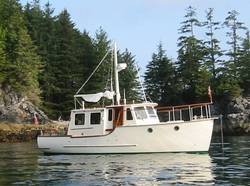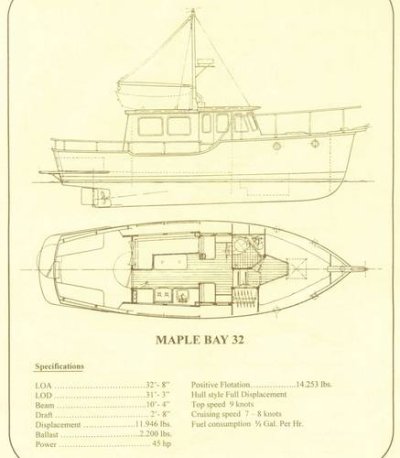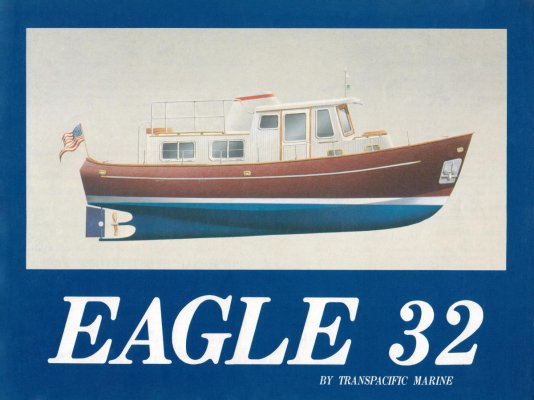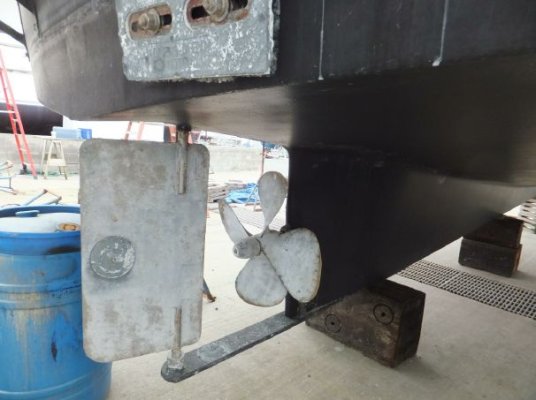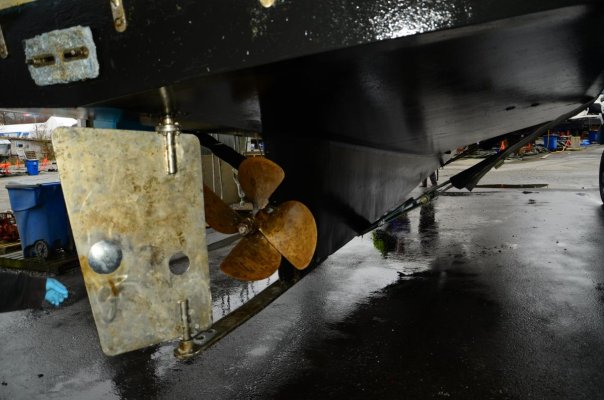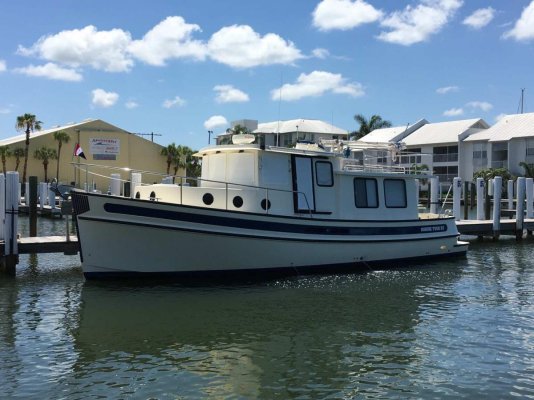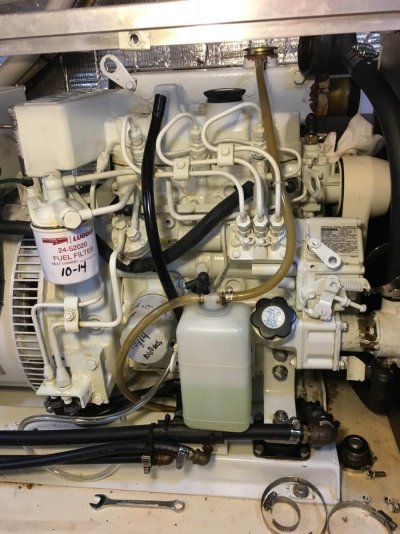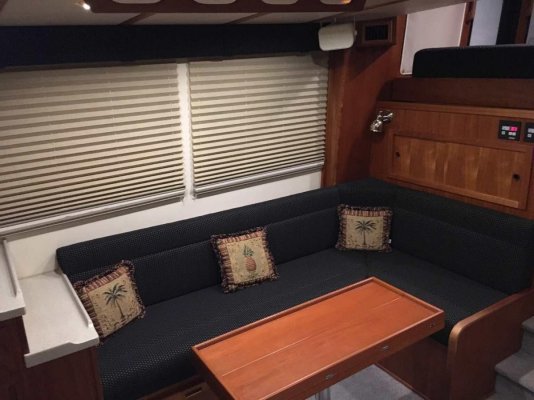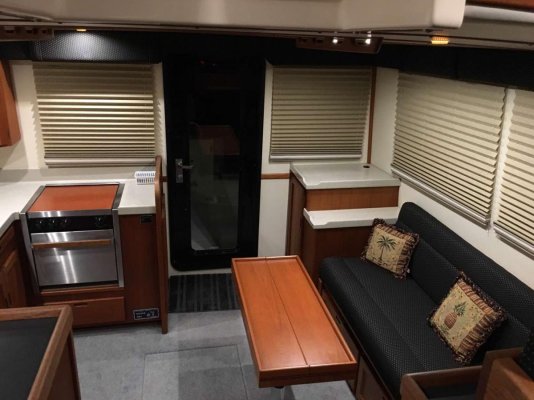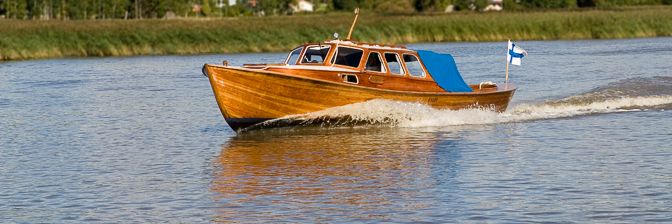Conrad
Guru
- Joined
- Oct 19, 2007
- Messages
- 1,972
- Location
- Canada
- Vessel Name
- Blue Sky
- Vessel Make
- Nordic Tugs 42 Hull #001
The Maple Bay series - 27', 30', and 32' were marketed as as slow cruisers. I'm not going to try to suggest they were FD or SD hulls as so far I've been very wrong in my assessments. But nice little coastal cruisers they were. I only have photos of the 32. (The info says they are FD.)

